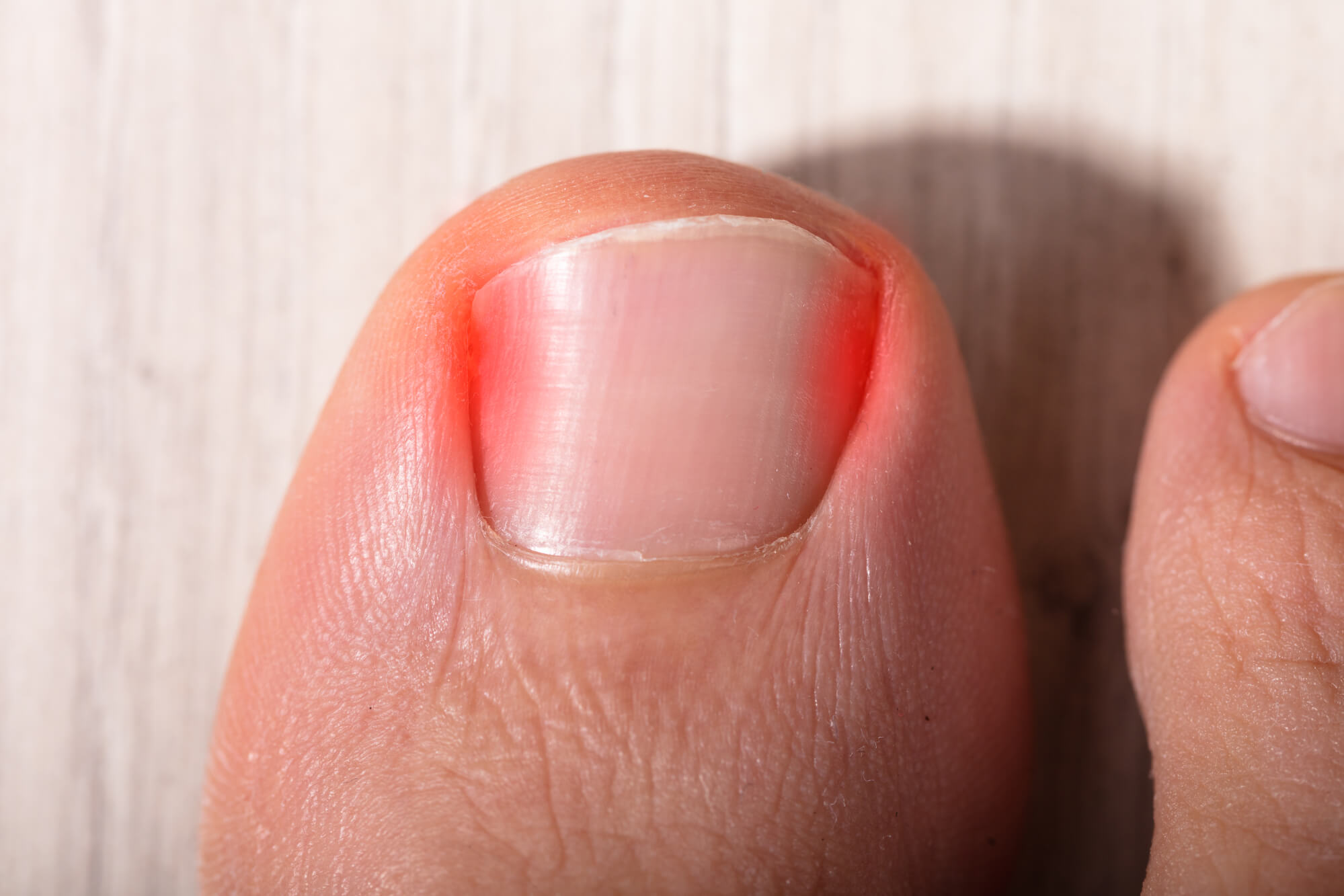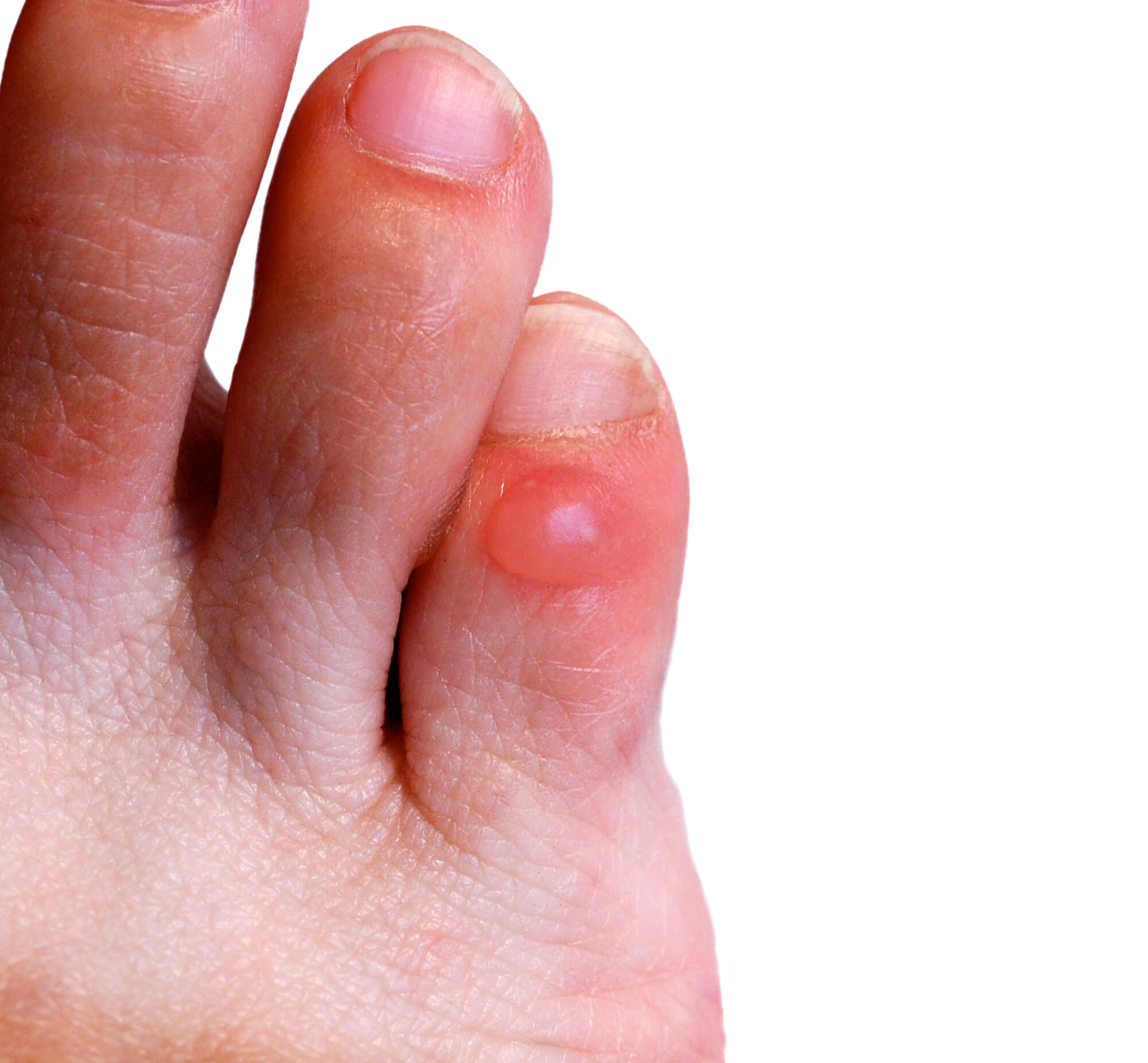Redness in Your Feet: Causes & Treatment
Redness in the feet can be caused by various factors, ranging from mild skin irritations to more serious underlying conditions. While it can be tempting to ignore redness and hope it goes away on its own, it's important to take any changes in the color or texture of your skin seriously. Redness in the feet can be a sign of an underlying condition that requires medical attention.
Are you experiencing redness in your feet? Redness in the feet can be an alarming sign, as it may indicate an underlying condition that requires medical attention. In this article, we'll look closer at the causes, symptoms, and treatment options for redness in the feet.
Common Causes of Redness in the Feet
Athlete's Foot
Athlete's foot is a common fungal infection that can cause redness, itching, and soreness in the affected area. This condition is caused by a fungal infection that can thrive in warm, moist environments like shoes and socks. Symptoms of athlete's foot include redness, itching, burning, and skin scaling. Treatment options for athlete's foot include topical antifungal creams and oral antifungal medications.
Ingrown Toenail
An ingrown toenail occurs when the nail grows into the skin surrounding the nail. This can cause redness, swelling, and pain in the affected area. Various factors, including improper nail trimming, trauma to the toe, and tight shoes, can cause ingrown toenails. Treatment options for ingrown toenails include soaking the affected foot in warm water, taking pain relievers, and wearing comfortable shoes. In severe cases, surgery may be necessary to remove the affected nail.
Blisters
Blisters are fluid-filled pockets that can form on the skin due to friction or pressure. They can cause redness, swelling, and pain in the affected area. Blisters are typically caused by tight or ill-fitting shoes, excessive sweating, or friction from repetitive activities like running or hiking. Treatment options for blisters include draining the blister, applying antibiotic ointment, and covering the affected area with a bandage.
Gout
Gout is arthritis that can cause redness, swelling, and joint pain, including the joints in the feet. This condition is caused by a buildup of uric acid in the body, which can form crystals in the joints. Gout symptoms include sudden and severe pain, swelling, and redness in the affected joint. Treatment options for gout include medications to manage pain and inflammation, lifestyle changes to reduce the risk of future flare-ups, and dietary changes to reduce the amount of uric acid in the body.

Less Common Causes of Redness in the Feet
Cellulitis
Cellulitis is a bacterial skin infection that can cause redness, swelling, and pain in the affected area. This condition occurs when bacteria enter the skin through a cut, scrape, or injury. Symptoms of cellulitis include redness, swelling, warmth, and tenderness in the affected area. Treatment options for cellulitis include antibiotics, pain relievers, and rest.
Peripheral Arterial Disease
Peripheral arterial disease (PAD) is a condition that occurs when the blood vessels in the legs and feet become narrowed or blocked. This can cause various symptoms, including redness, swelling, and pain in the affected area. PAD can also cause poor circulation, which can lead to the development of sores or ulcers in the affected area. Treatment options for PAD include lifestyle changes like quitting smoking, exercising, and taking medications to improve blood flow.
Erythromelalgia
Erythromelalgia is a rare condition that can cause redness, warmth, and burning pain in the feet. This condition is caused by dysfunction in the blood vessels and nerves in the affected area. Symptoms of erythromelalgia include redness, warmth, and burning pain that worsens with heat or exercise. Treatment options for erythromelalgia include medications to improve blood flow and reduce pain and lifestyle changes to avoid triggers.
When to See a Podiatrist
If you are experiencing redness in your feet, it's important to seek medical attention from a Podiatrist as soon as possible. While mild cases of redness may go away on their own with time and proper care, persistent or severe redness may be a sign of an underlying condition that requires treatment. In addition to redness, other symptoms to watch for include swelling, pain, and changes in skin texture or temperature. If you experience these symptoms, make an appointment with your healthcare provider as soon as possible.

Treatment Options
The treatment options for redness in the feet will depend on the underlying cause of the redness. Mild cases of redness may be treated with home remedies like soaking the affected foot in warm water, applying a topical cream, or taking pain relievers. More severe cases may require prescription medications, such as antibiotics, antifungal medications, or medications to improve blood flow.
Sometimes, a healthcare provider may recommend a blood test or imaging studies to help diagnose the underlying cause of the redness. Once a diagnosis is made, treatment can begin.
Prevention and Risk Factors
There are several things you can do to prevent redness in your feet, including:
- Wearing comfortable shoes that fit well
- Keeping your feet clean and dry
- Avoiding tight socks or stockings
- Avoiding exposure to extreme heat or cold
- Keeping your toenails trimmed properly
- Managing any underlying medical conditions that may increase your risk of developing redness in your feet, such as diabetes or peripheral arterial disease
If you are at an increased risk of developing redness in your feet, it's important to take steps to prevent the condition from occurring. Talk to your healthcare provider about any risk factors you may have and what steps you can take to reduce your risk.
Conclusion
Redness in the feet can be an alarming symptom, but it's important to remember that this condition has many possible causes. If you are experiencing redness, swelling, or pain in your feet, make an appointment with a Podiatrist as soon as possible. You can manage your symptoms and prevent future flare-ups with the right treatment.

